Nature’s wonders are well-documented for their positive impact on mental health, which is why many people find solace in gardening. It offers a therapeutic escape and rewards with beautiful plants or bountiful harvests. Fortunately, the internet provided her with valuable information to address her concerns.
Nymphalis Antiopa: A Key Player in Garden Ecosystems
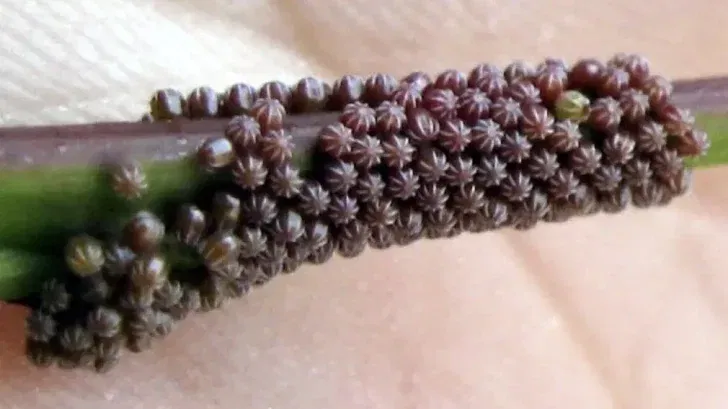
Nature’s beauty and its benefits for mental well-being make gardening a cherished activity. While gardeners often face challenges, such as keeping pests away, beneficial insects like ladybugs and praying mantises contribute significantly to a healthy garden. Among these, bees and butterflies, including the Nymphalis Antiopa, or mourning cloak, play crucial roles in pollination. However, the sight of Nymphalis Antiopa eggs can initially cause alarm for gardeners.
Fascinating Egg Stages of Nymphalis Antiopa

The Nymphalis Antiopa lays eggs that start as light yellow or green geometric shapes, darkening to black just before hatching. These egg clusters, though intriguing, can resemble signs of disease on plant leaves, causing concern among gardeners.
Halloween-Themed Caterpillars
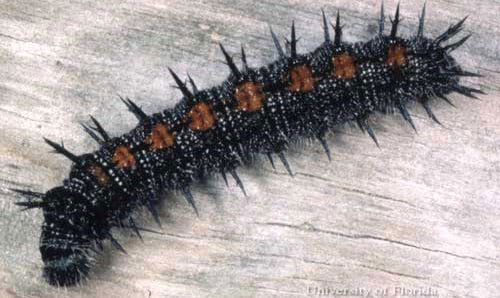
When hatched, Nymphalis Antiopa caterpillars are strikingly black with spikes and white and orange spots. While they may seem to harm the host plants by feeding on them, these caterpillars are part of a larger ecological balance.
Enhancing Biodiversity
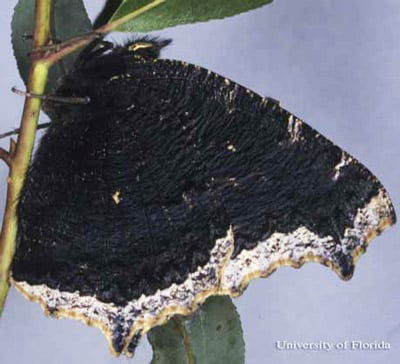
Despite their feeding habits, Nymphalis Antiopa caterpillars contribute positively by consuming rotting fruits and aiding decomposition. As adult butterflies, they enhance pollination and form an integral part of the diet of other insects like spiders, supporting local biodiversity.
Vibrant Adult Butterflies
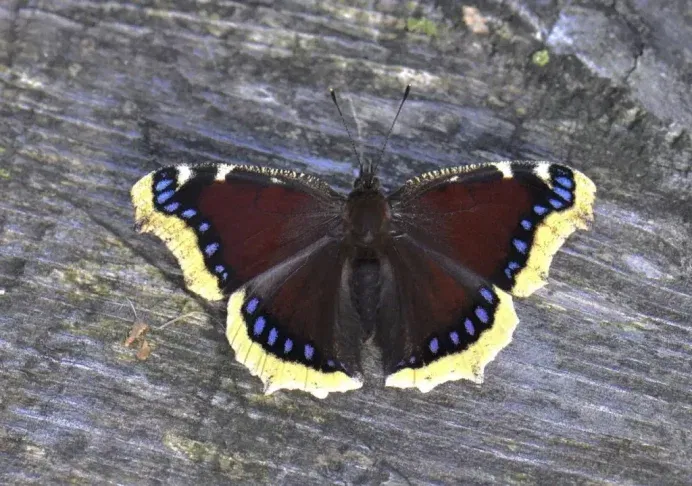
Adult Nymphalis Antiopa butterflies, with a wingspan of about 3 inches, display a stunning array of colors. The upper wings are maroon with a black band, while the lower wings feature powder blue spots and a yellow margin. The ventral side is black with white or yellow bands.
Winter Survival Tactics
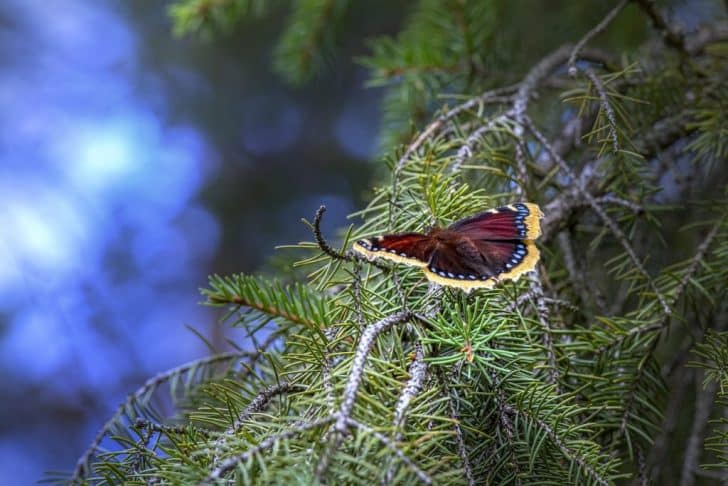
Found from Alaska to parts of South America, Nymphalis Antiopa butterflies endure the winter by soaking up the sun, feeding on sap, and utilizing antifreeze chemicals called glycerols in their blood to prevent freezing. They also employ isometric shivering to raise their body temperatures before feeding.
Preferred Host Plants
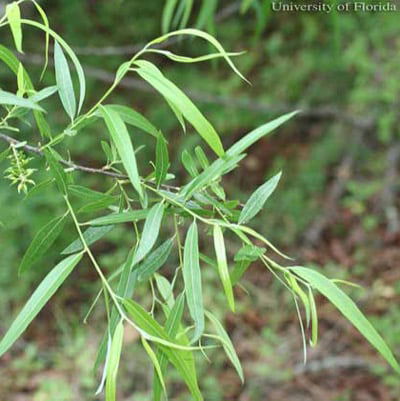
These butterflies favor trees like weeping willows, oaks, and elms for nesting and feeding. After hatching, Nymphalis Antiopa caterpillars live communally in webs, feeding together until they pupate. They usually emerge as butterflies in June or July, then hibernate or migrate south for the winter.
Garden Care Tips
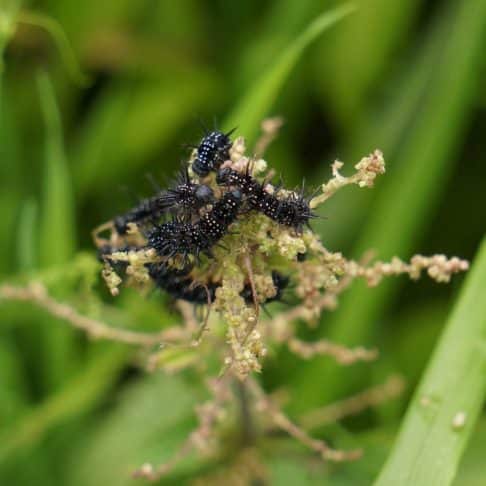
Though Nymphalis Antiopa eggs may seem off-putting, they eventually hatch into beautiful butterflies that contribute to a thriving garden ecosystem. It’s best to relocate eggs gently if needed, rather than destroying them, as they play a beneficial role. For a healthy garden, ensure proper plant selection, soil quality, and access to water and sunlight. Research and balance are key to maintaining an effective garden environment.
